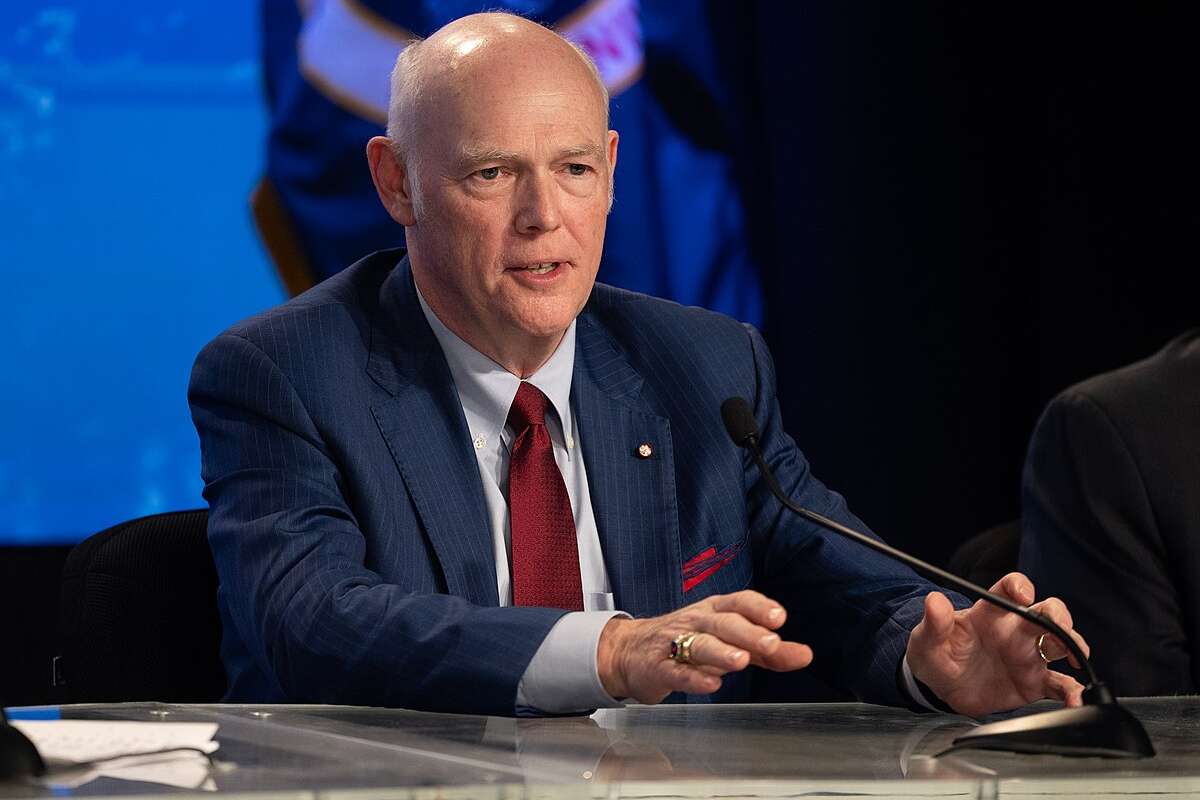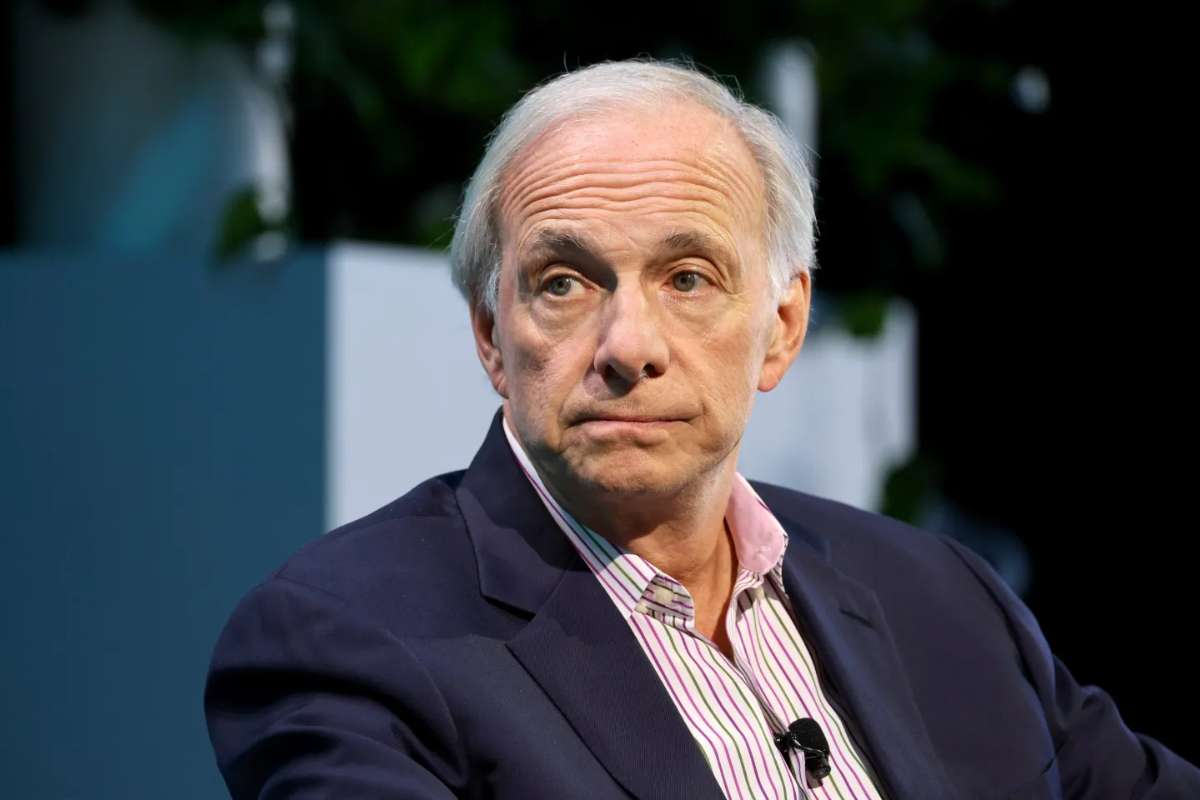Leadership has never been easy, but it feels more challenging than ever in today’s fast-changing world. Markets evolve quickly, customer expectations shift overnight, and technology reshapes our daily work; old ways of leading, rigid plans, top-down decision-making, and strict control struggle to keep pace. What many organizations need instead is a style of leadership that embraces flexibility, encourages learning, and empowers people to succeed together.
Agile leadership is not a passing trend or a buzzword. It is a way of guiding teams and organizations that grew from real-world experience. It draws on agile practices from software development, lessons from lean manufacturing, and modern ideas about how people perform best when trusted and engaged. At its core, this leadership is about moving forward quickly while staying grounded in purpose and people. Leaders who practice it focus less on being the hero with all the answers, and more on creating the conditions where teams can experiment, learn, and deliver results.
What Are The Key Principles?
Agile leadership is built on simple principles but creates a decisive shift when practiced consistently. These principles are less about giving orders and shaping environments where people can work best.
Top 9 Key Principles of Agile Leadership:
1. Leading by Example
The most crucial principle is showing, not telling. Agile leaders model the behaviors they want to see. If they expect openness, they share their challenges. If they ask for adaptability, they demonstrate it in their actions. This makes trust visible and inspires others to follow suit.

2. Embracing Feedback
Feedback is treated as fuel for growth. Agile leaders don’t just give Feedback; they actively seek it and respond humbly. Teams notice when leaders listen and make adjustments, encouraging everyone to do the same.
3. Purpose Over Process
Agile leadership is anchored in meaning. Instead of driving teams only with targets or deadlines, leaders emphasize why the work matters and who it serves. A strong sense of purpose makes teams more resilient and motivated, even when challenges arise.
4. Empowerment and Shared Power
Traditional leadership often concentrates power at the top. Agile leadership distributes it wisely. Leaders give people the freedom to decide on things close to their work, which speeds up decisions and boosts accountability and creativity.
5. Encouraging Team Unity
Collaboration lies at the heart of Agile leadership. Leaders cultivate trust, respect, and genuine care within teams. When people feel safe and valued, they bring their best ideas to the table, improving group performance dramatically.
6. Continuous Learning
The best leaders never stop learning. They stay curious, adapt their skills, and invite their teams to grow alongside them. Agile leadership creates a culture where mistakes are seen as improvement opportunities, not failures to hide.
7. Decentralized Decisions
Not every decision needs to climb up the ladder. Agile leaders trust teams to make calls where the information is richest. This reduces bottlenecks and empowers people to act quickly.
8. Developing People
Agile leadership is about building others, not just delivering results. Leaders focus on nurturing skills, creating opportunities, and preparing people to step into leadership themselves. The growth of individuals becomes a measure of success.
9. Inspiring and Uniting
Above all, Agile leaders bring people together around a shared vision. They spark motivation not by pressure, but by creating clarity and excitement about the journey ahead.
These principles may sound straightforward, but combined, they create a culture where change feels manageable and innovation becomes natural.
Why Does This Leadership Matter Today

The importance of Agile leadership becomes clearer when you look at the reality of modern work. Organizations face constant disruption: new competitors, changing technologies, and unpredictable global events. Waiting for top-level approvals or sticking to rigid plans is no longer practical in such an environment.
It provides a framework for confidently moving forward even when the path is uncertain. It allows teams to respond faster to customer needs, test ideas quickly, and adjust without losing momentum. By focusing on Feedback and short learning cycles, leaders help organizations avoid the trap of investing months or years into strategies that may no longer be relevant.
However, it isn’t just about speed. It is also about people. Employees today want more than paychecks; they want purpose, growth, and respect. Agile leaders create workplaces where voices are heard, risks can be taken safely, and contributions truly matter. This human-centered approach improves engagement and leads to better outcomes because teams feel ownership of their work.
In essence, Agile leadership builds resilience. It helps organizations withstand shocks, adapt gracefully, and continue delivering value regardless of the future.
How Agile Leaders Differ from Traditional Leaders
To truly appreciate this leadership, it helps to see how it contrasts with traditional approaches. While both aim to guide teams and deliver results, the style and mindset differ greatly.
- Decision-Making: Traditional leaders often make decisions centrally and expect compliance. Agile leaders distribute decision-making, trusting those closest to the work to choose wisely.
- Approach to Planning: Traditional leadership values fixed plans and sticking to them. Agile leadership prefers adaptable plans that evolve based on Feedback and learning.
- View of People: In traditional models, employees may be seen mainly as resources to manage. It sees them as partners with ideas and capabilities worth developing.
- Handling of Power: Traditional leaders hold onto authority tightly. Agile leaders share it, encouraging initiative at all levels.
- Response to Change: Traditional leaders may resist or see it as a threat. Agile leaders welcome it as a natural part of growth and innovation.
This doesn’t mean traditional leaders are ineffective; their approach is less suited to today’s dynamic environments. Agile leadership takes the best of strong leadership—clarity, direction, and accountability—and blends it with adaptability, trust, and collaboration. The result is a style that feels human and effective in complex times.
What Does The Future Hold?

As organizations continue to evolve, Agile leadership will only become more vital. Remote and hybrid work models demand leaders who can build trust without being in the same room. Customers expect rapid improvements, requiring leaders who prioritize small wins and constant learning. And younger generations entering the workforce value authenticity, empowerment, and purpose, all of which are naturally provided.
The future of leadership isn’t about controlling from the top or holding onto authority. It’s about creating the space where people feel safe to take risks, share ideas, and grow. Agile leadership allows organizations to keep pace with change while staying grounded in values that make people want to belong.
Conclusion
Agile leadership is not just a management style; it’s a mindset. It blends vision with flexibility, authority with trust, and urgency with humanity. Focusing on principles like Feedback, empowerment, continuous learning, and shared purpose creates a culture where people and organizations can thrive together.
In times of uncertainty, it offers stability through rigid control, adaptability, and trust. It is about setting direction, clearing obstacles, and letting teams discover the best path forward. Leaders who embrace it achieve better results and build workplaces where people feel engaged, valued, and motivated to do their best work.


















